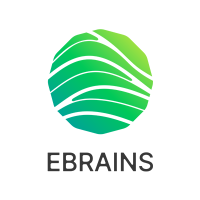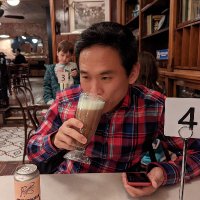
daniele marinazzo
@dan_marinazzo
Brain, models, complexity, networks @ugent
SE @PLOSCompBiol;
EiC @nbdt_journal;
AE @netneurosci, @ImagingNeurosci.
@danielemarinazzo{@neuromatch,.bsky}.social
ID: 1069045039
http://users.ugent.be/~dmarinaz 07-01-2013 19:10:58
13,13K Tweet
7,7K Takipçi
5,5K Takip Edilen

New position at SFU Psychology in behavio(u)ral neuroscience. Come join us and be part of the growing community focused on understanding and promoting brain health. SFU Institute for Neuroscience and Neurotechnology sfu.ca/vpacademic/aca…


Glad to be part of this big project led by Cristiano Costa and Cristina Scarpazza. In a meta-analysis of fMRI data we investigated the potential presence of domain-general hubs for predictive processing onlinelibrary.wiley.com/doi/10.1002/hb…



This seems particularly relevant for long, "precision" scans, like the Midnight Scan Club. Nico Dosenbach is the new homunculus robust to this correction?





It's such a pleasure to be at the #CCS2024 #CompSocSci satellite & present joint work with my amazing collaborators Zoltan Kmetty Ádám Stefkovics Júlia Számely Julia Koltai yijing Gerardo Iñiguez gale! Here are the links to the papers, in case you'd like to know more (🧵)...


Our tireless reporter Hiroki Sayama presenting now! Gladly surprised to see some connections to my upcoming talk. #CCS2024 Conference on Complex Systems





Congrats to the organizers for a fantastic Conference on Complex Systems edition!

Alvaro Corral 🌎🌍🌏 Redes y Sistemas Complejos en Español Nassim Nicholas Taleb If only nature worked like Per Bak wished, I would agree. But it is a beautiful fact that it doesn't: petterhol.me/2021/09/14/uni… (and the title is presumptuous, but nothing like the content . . 😆 )




